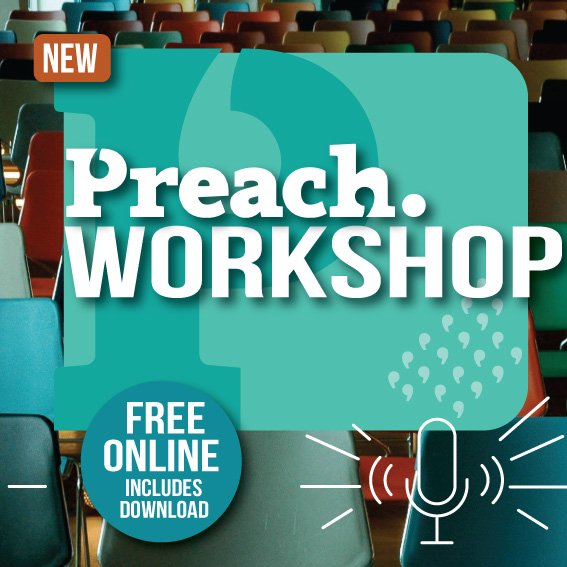Revival: Learning From History - Ian Randall
/REVIEWER: Rev Dr Nigel Scotland
Revival: Learning From History
Review on Ian Randall’s book on the revival of the years 1857-1863.
BOOK: Revival: Learning From History
(Grove Books, 2023) 27pp, paperback
This book is the fourth and final in a series, the other three being The Good and Beautiful Community, The Good and Beautiful Life and The Good and Beautiful God.
Who is this booklet for?
This Grove booklet will be of particular interest to church leaders and pastors but also to anyone who is interested in learning the lessons from the revivals of the past. Set against the background of the years 1857-1863, a period of transatlantic revival, it focusses on what was happening in the four nations of England, Wales, Scotland Scotland, and Ireland.
Whilst all revivals are sovereign moves of God, Randall reminds us there is always a human element, stating ‘all the elements of revival are normally present in the life of the church’. These need to be nurtured and so form the groundwork which makes revival a possibility.
What does Ian Randall uncover about revival prayer?
Five short chapters highlight key aspects of revival, the first and most important being prayer. In mid-Victorian years, there was a marked growth in prayer across the British Isles, with gatherings as far apart as Aberdeen, Liverpool, the Welsh chapels, and Irish Free Presbyterians. At some Glasgow meetings ‘many were deeply affected and wept bitterly’.
Chapter 3 deals with the role of ministers who, generally speaking, exercised wise oversight. Preaching was significant in the revival but, as Randall points out quoting one Irish pastor, ‘the people were hearing a good deal better than they used to do’. Ministers from across the denominations who were impacted by the revival trained others.
Revival Women and Children Leaders
A number of lay evangelists emerged during the revival, including a number of prominent women such as Ellen Ranyard, Geraldine Hooper, and Catherine Booth. This significant fact is often missed. The involvement of youth, particularly in the universities, is considered in chapter 5.
Randall cites prayer gatherings organised by young men and women in Oxford, Cambridge, Durham, and parts of Wales, including Ffestiniog where children organised prayer meetings. Chapter 6 reminds readers that revival impacts the life of the church and this is well illustrated with reference to inspirational singing and a greater emphasis on Holy Communion.
The book concludes with a concise summary of the key aspects and impacts on the wider world, its cultures and societies. Each chapter ends with three questions to consider which would also be useful in a small group.
Reviewer: Rev Dr Nigel Scotland is an author and honorary Research Fellow at the University of Gloucestershire.







